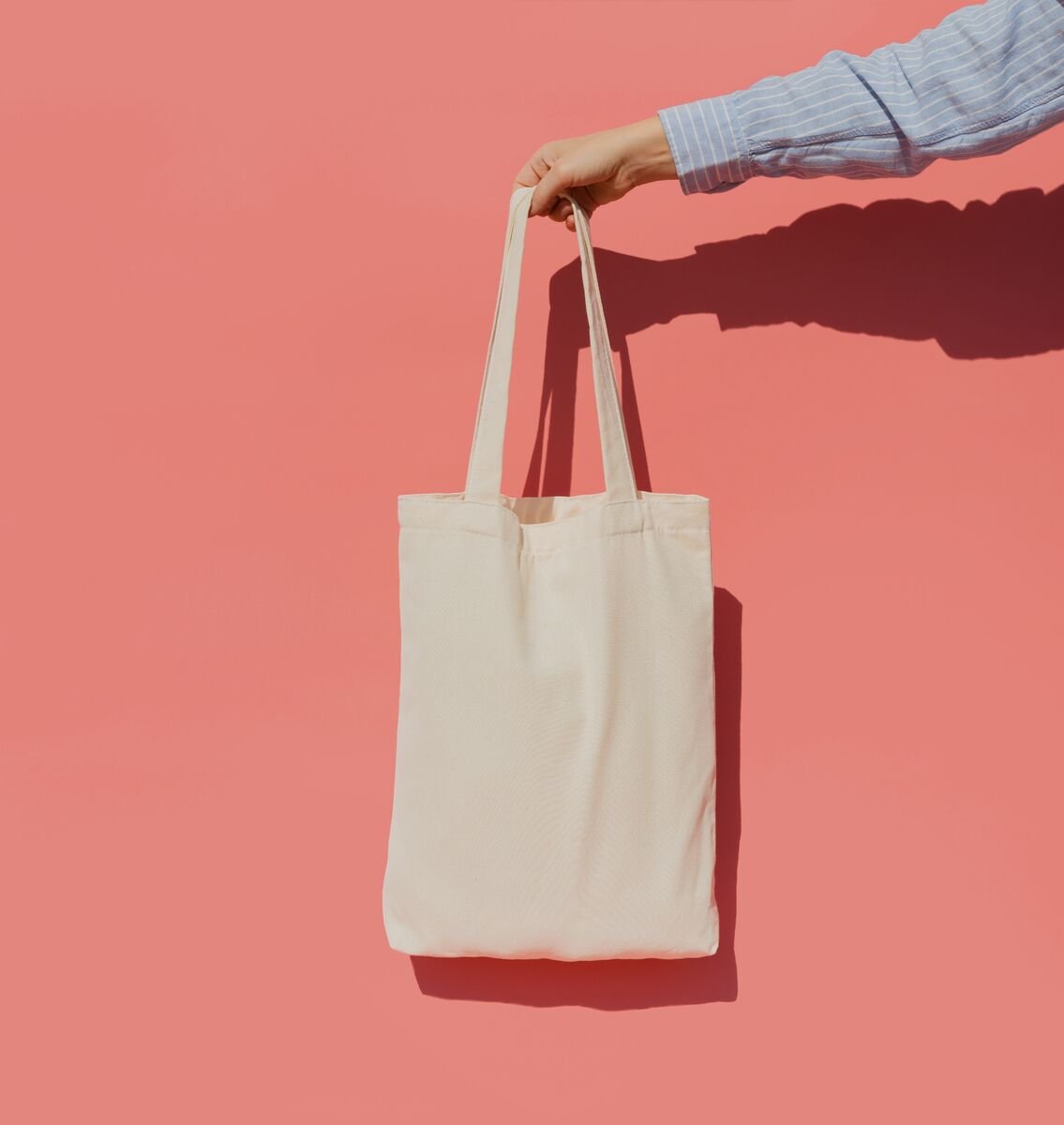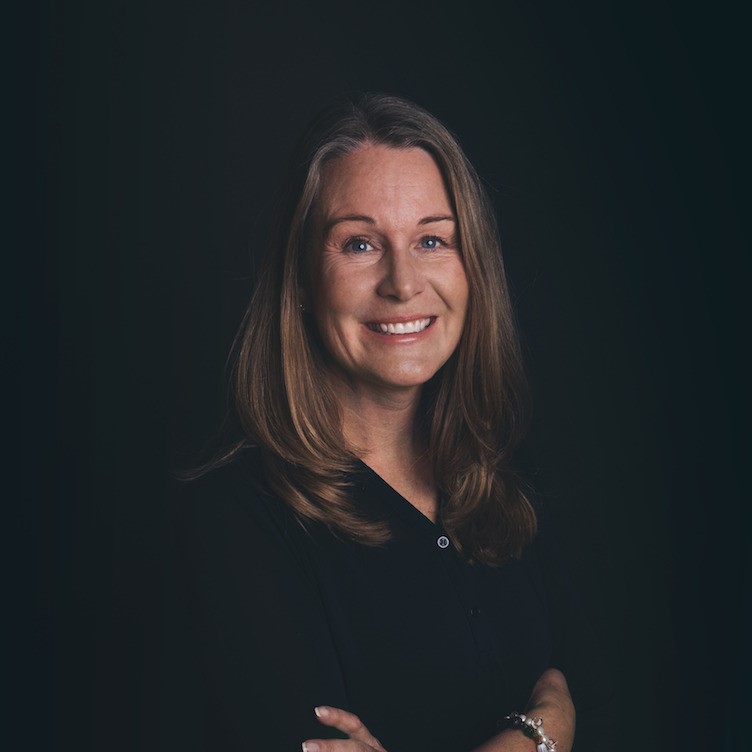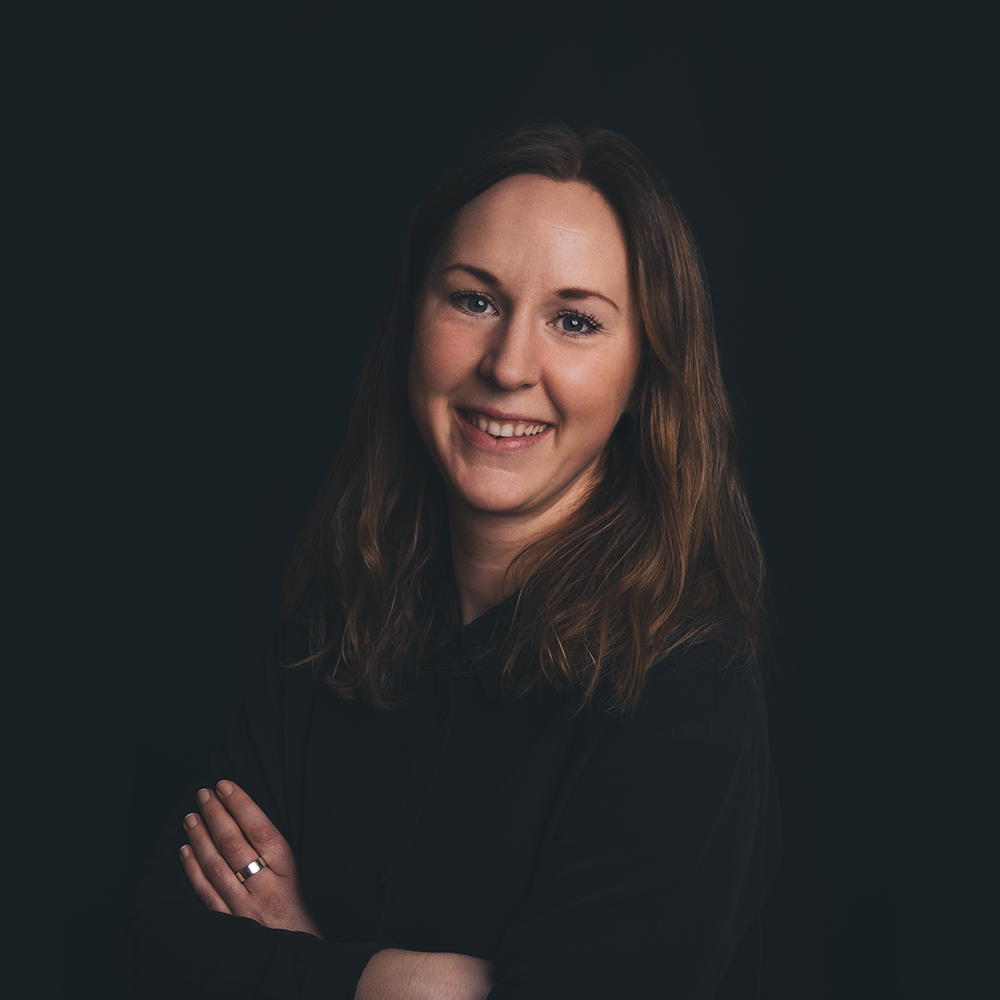The Swedish brand Lifelong, were determined to eliminate the need of single-use plastic in their packaging and are now selling beauty products as a dry concentrate delivered in flat bags made of cellulose material. As a bonus, a dry formula means avoiding unnecessary shipping of water, when we in Sweden have perfectly fine water in our taps at home. Lush are selling soap, shampoo and conditioner in solid form completely removing the need for packaging and Unwrapped are delivering food in reusable containers. These are three Swedish examples of companies rethinking conventional products to eliminate waste.
Your future customer cares
The future generation expects brands to take full responsibility by acting sustainably. As an example, young Swedes think that companies have a greater responsibility than politics or society do (Ljung & Ungdomsbarometern, 2019). The same study shows that 1 of 2 would actively abandon brands that they don’t consider sustainable.
1 of 2 would actively abandon brands that they don’t consider sustainable.
Meanwhile, 80% of Swedish consumers state that what and how they consume is part of their identity, and circular consumption patterns increase in popularity. 1 out of 3 are saying they will buy more second hand, and 1 of 4 that they will rent things more often in the coming year (Svensk Handel, 2019).

We have seen three large Swedish companies presenting circular options as a complement to their usual business strategy only in recent weeks. IKEA started by making the promise of becoming a circular business by 2030 and initiated a strategic partnership with the Ellen MacArthur Foundation. The latest news about the opening of the first-ever IKEA secondhand store in Eskilstuna quickly spread in Swedish and international press. Clas Ohlsson just declared that they are now starting a rental service of tools in all of their stores, and Beijer Byggmaterial revealed the news that they will give a second life to old bricks. These three examples show that things are starting to happen and that changes are driven by the request of customers.
“Sweden is a strong innovation nation and we are receptive to new technology. These are important basic preconditions for succeeding in the transition to a circular economy.”
Policymakers are on it
The Swedish government has set the goal of Sweden becoming the world’s first fossil-free welfare country, and a national strategy for a circular transition was released this summer. “Sweden is a strong innovation nation and we are receptive to new technology. These are important basic preconditions for succeeding in the transition to a circular economy.” The role of the government is to create preconditions for that transition, by policy instruments that promote innovation and circular business models.
A circular economy holds great potential for Swedish companies in terms of increased competitiveness, secured supply chain, effective resource handling, risk minimization, innovation, digitalization and revenue.
The role of digitalization
Digitalization is one key enabler for shifting to more circular businesses. E.g. by turning products into services or by facilitating re-use or sharing of products through collaborative platforms. Digital solutions also enable tracing of materials and increased information to customize products and optimize processes and production.
Tech, user experience, and business design are at the core of what we do at Valtech. We help our clients redefine how to create value for their customers through the latest technology. We have an important role to play in the transition to a circular economy. Feel free to reach out if you are interested in learning more about circular design and explore your circular opportunities together with us!
References
Read more on the topic Circularity







